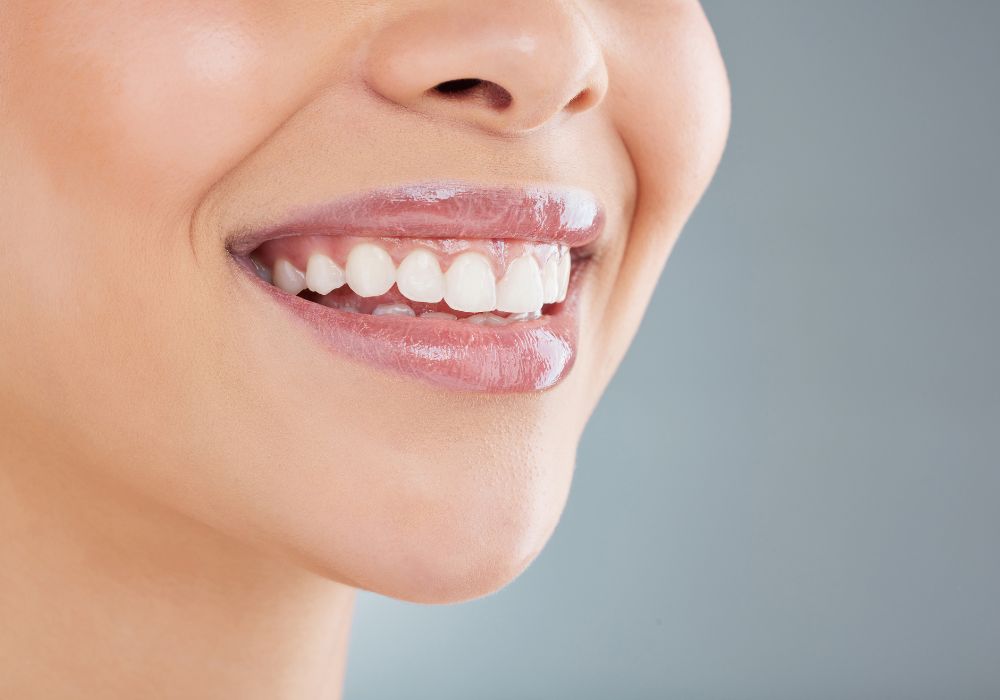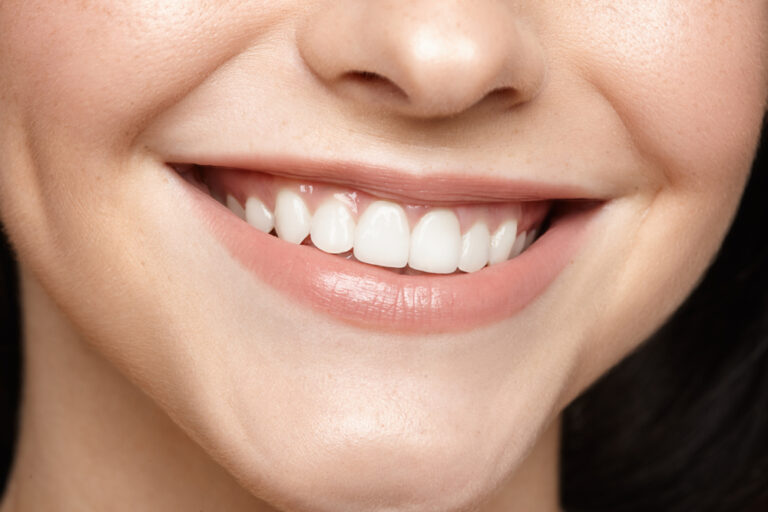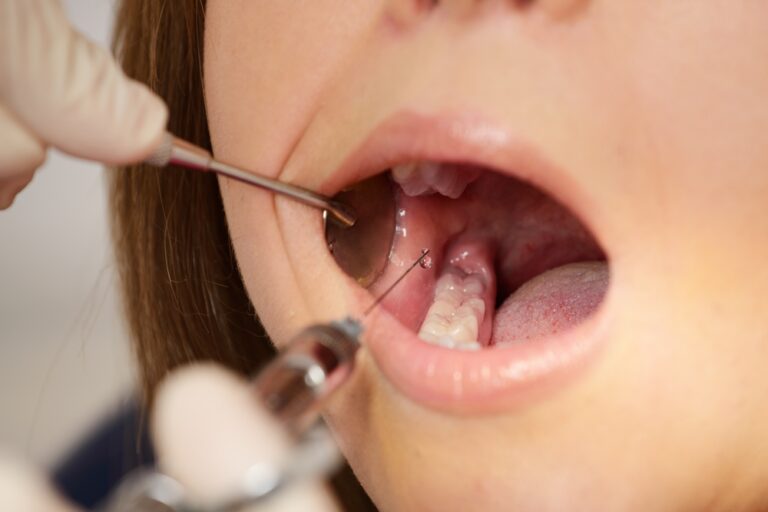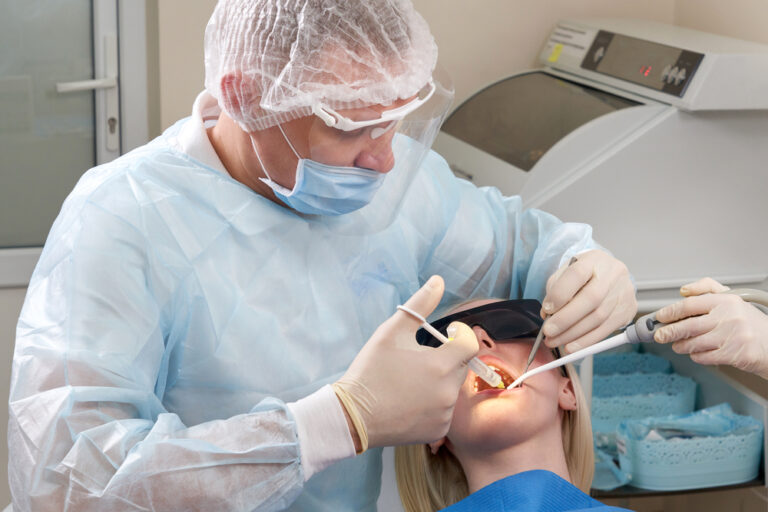Having a bright, healthy smile can do wonders for your appearance and self-confidence. But over time, our teeth may become stained, chipped, crooked or misaligned. If you feel your smile has lost its luster, don’t despair! With modern cosmetic dentistry, there are many effective ways to restore your teeth to their former glory. This detailed guide will walk you through various options to revitalize your smile.
Causes of Dull, Unattractive Teeth
Before deciding on solutions, it’s important to understand what may have caused flaws in your smile in the first place. Common culprits include:
- Accumulated stains from coffee, tea, red wine, tobacco, certain medications, etc. These can discolor or darken teeth over time.
- Chipped or cracked teeth as a result of injury, grinding, or decay. Enamel damage exposes yellow dentin underneath.
- Worn enamel from acidic foods, aggressive brushing, teeth grinding or genetics. This causes teeth to appear thinner and translucent.
- Misalignment and crowding due to abnormal bite, genetics, mouth breathing, or loss of teeth.
- Receding gums from periodontal disease. This exposes more yellowish tooth roots.
- Fillings, especially silver amalgam ones, that become dark and obvious over time.
Pinpointing the specific issues with your smile will guide you toward the right solution.
Professional Dental Exam
The first step is to schedule a comprehensive exam with your dentist. They will thoroughly assess the current condition of your teeth and gums. Typically, this exam will include:
- Checking for cavities and decay
- Looking for cracked, fractured, or leaking fillings
- Examining teeth roots and gums for disease
- Evaluating the color, shape, alignment, and spacing of all teeth
- Testing tooth sensitivity and enamel hardness
Your dentist will also review your medical and dental history, such as past orthodontic treatment, teeth grinding, smoking, etc. They can then recommend appropriate cosmetic procedures based on your unique needs and goals for your smile makeover.
How can you restore teeth to their former glory?

1. Teeth Whitening Treatment
Stained and discolored teeth are one of the most common smile flaws. Often teeth whitening can provide a dramatic yet minimally invasive solution. Whitening is an ideal first step before considering other treatments.
How Whitening Works
Teeth whitening involves using concentrated hydrogen peroxide to penetrate the enamel and lighten the dentin layer of your teeth. Applied and activated properly, hydrogen peroxide will break down and remove deep-set stains without damaging the teeth.
Several methods may be used:
- In-office bleaching applies a higher concentration gel along with a special curing light for faster results in about an hour.
- Professionally prescribed at-home kits use a lower concentration whitening gel and custom trays to wear at night over 1-2 weeks.
- Over-the-counter whitening strips, paint-on gels, or toothpastes produce the slowest, least dramatic lightening over weeks of use.
Whitening Considerations
Teeth whitening is generally safe and effective, but here are factors to keep in mind:
- Whitening works best on healthy natural teeth. Restorations like dental crowns, fillings, and veneers will not change color.
- Yellowish teeth respond better than grayish teeth.
- People with thicker enamel and fewer enamel defects get better results.
- Those with sensitive teeth may experience temporary pain or discomfort during or after whitening.
- Relapse and re-staining is common without occasional touch-ups and diligent oral hygiene.
Follow your dentist’s instructions to maximize results from your whitening treatment.
2. Dental Veneers
If stains persist after whitening or if you have chips, gaps, worn enamel, or misshapen teeth, veneers can be a great solution. Veneers are thin shells custom-made to cover the front surface of teeth.
The Veneer Process
Getting dental veneers follows multiple steps:
- Diagnostic appointment - Veneers will be recommended based on your goals, teeth condition, and budget. Impressions will be taken.
- Teeth preparation - A small amount of enamel is removed to accommodate the veneer thickness. Temporary veneers may be placed.
- Custom veneer fabrication - A dental technician uses the impression of your prepared teeth to design and fabricate the veneer shells.
- Bonding appointment - The permanent veneers are tried on for fit and color match then bonded onto your teeth with light-cured resin cement.
Benefits of Veneers
Veneers offer many advantages:
- Can cover severe intrinsic stains that are impervious to whitening
- Mask chips, cracks, gaps, and malformed or crooked teeth
- Made from durable, stain-resistant ceramic
- Mimic the light reflecting properties of natural teeth
- Avoid excessive removal of natural tooth structure
- Can last 10-15 years or longer with proper care
However, veneers are usually considered permanent and non-reversible since some enamel must be removed. They do cost more than whitening.
3. Dental Crowns

In cases of severe tooth decay or trauma, dental crowns may be required to rebuild and restore teeth. Crowns completely cover damaged teeth with custom-fitted caps.
The Crown Procedure
Getting a crown involves:
- Filing down the damaged tooth to create room for the crown
- Taking impressions and making a temporary crown
- Receiving a custom, permanent crown matched to your natural teeth
- Bonding the crown onto the prepared tooth with dental cement
Crowns allow badly broken, cracked or worn teeth to be reinforced and restored for proper function and a natural appearance.
Crown Materials
Crowns can be fabricated from different materials:
- Porcelain-fused-to-metal provides great strength and longevity. The metal core gets covered by fused porcelain for a natural appearance.
- All-ceramic crowns like lithium disilicate have high strength with great aesthetics. The coloring can be matched precisely to surrounding teeth.
- Zirconia crowns offer outstanding durability and stain/fracture resistance. The material allows for very thin yet strong restorations.
A crown can transform a terribly compromised tooth into one that looks and functions beautifully. Crowns typically last 10-15 years with proper dental care.
4. Orthodontic Alignment
For people with crooked, gapped, or crowded teeth, orthodontic treatment is usually required to align teeth properly. Options include:
Traditional Braces
This involves bonding small brackets onto each tooth which get connected with a metal wire that gets periodically tightened. The pressure gradually shifts teeth position over 18-24 months on average.
Clear Aligners
Popularized by Invisalign, aligners use a series of clear plastic trays worn sequentially to move teeth. Treatment involves new aligners every 1-2 weeks over 12-18 months.
Lingual Braces
Metal brackets and wires are bonded to the backs of teeth making them less noticeable. Completion time averages 18-24 months.
Orthodontics greatly improves smile aesthetics, bite function and oral health. Maintaining excellent hygiene is imperative during treatment.
5. Dental Implants
Missing teeth can have profound effects on your smile, chewing ability and facial contours. Dental implants offer a permanent solution to replace lost teeth. They involve surgically embedding titanium posts into the jawbone which fuse to the bone over several months. Custom crowns are then affixed to the implant posts for a complete restoration.
Implants come closest to replicating natural teeth in fit, function and durability. With proper care, they can last many decades. Implants maintain bone and prevent sagging of facial muscles due to missing teeth. Though expensive and invasive, they provide an effective long-term way to restore a smile diminished by tooth loss.
6. Professional Teeth Cleaning
Regular dental cleanings and checkups are a must both before and after any major smile makeover procedures. A professional dental cleaning removes hardened tartar, plaque, and stains that can accumulate even with careful brushing and flossing. Most dentists recommend cleanings every 6 months to prevent decay and disease.
Your dentist will use specialized tools to thoroughly scale above and below the gumline and polish away buildup. This removes stains acquired after whitening or veneers. Cleanings along with daily oral hygiene help maintain treatment outcomes and a radiant smile for years to come!
Smile Makeover Results

With the amazing range of today’s cosmetic dental treatments, achieving a stunning, healthy smile is more possible than ever. A customized mix of options like whitening, veneers, crowns, orthodontics and/or dental implants can rejuvenate even the most flawed smiles. While smile makeovers do involve some time and financial investment, the rewards of boosted self-confidence and positive impressions are priceless.
Schedule a consult with your dentist to get started on planning your own smile makeover. They can help match appropriate options to your specific cosmetic goals, teeth condition and budget. Soon you can show off a magnificent smile that looks natural and youthful.
Frequently Asked Questions
How long do dental veneers last?
With proper care, porcelain or composite resin veneers typically last 10-15 years, though some may need replacement sooner. Factors like teeth grinding, nail biting, and improper maintenance can damage veneers. Avoiding hard, sticky foods and pursuing good oral hygiene helps prolong veneer longevity.
Can you whiten teeth with braces on?
It’s recommended to wait until after completing orthodontic treatment to whiten teeth. Metal braces make it hard to properly apply whitening gel. Whitening could also soften orthodontic cement used to bond on braces. For best results, teeth whitening should be done after braces removal.
Do dental implants require special care?
Dental implants can last decades with conscientious oral hygiene. Brushing twice and flossing once daily is important to avoid peri-implant disease. Additional cleanings every 3-4 months may be suggested. Avoid smoking and excessive alcohol which increase implant failure risk. See your dentist promptly for any pain, swelling or changes to protect your implant’s longevity.
Is a smile makeover painful?
Cosmetic dental treatments usually don’t create much discomfort. Anesthesia and pain medication help minimize pain with procedures like dental implants, veneers, or crowns. Some sensitivity from hot and cold may occur temporarily after whitening. Discuss pain management with your dentist to ensure your smile makeover is as comfortable as possible.
Can a smile makeover be done in one day?
While an extensive makeover involving multiple treatments will likely take several appointments, some fast options like laser whitening and same-day CEREC crowns or veneers allow a dramatic smile upgrade in one day. Discuss one-visit makeover options with your dentist to see if they may meet your needs for a quick smile refresh.
Conclusion
A stunning smile can make a world of difference, both for your appearance and your self-image. Whether you have stains, chips, gaps, crookedness or missing teeth, today’s advanced cosmetic dentistry offers many ways to correct smile flaws. After an expert evaluation, your dentist can tailor the ideal solutions to give you the healthy, beautiful smile you deserve. Are you ready to love your smile again? Start your makeover journey today!





